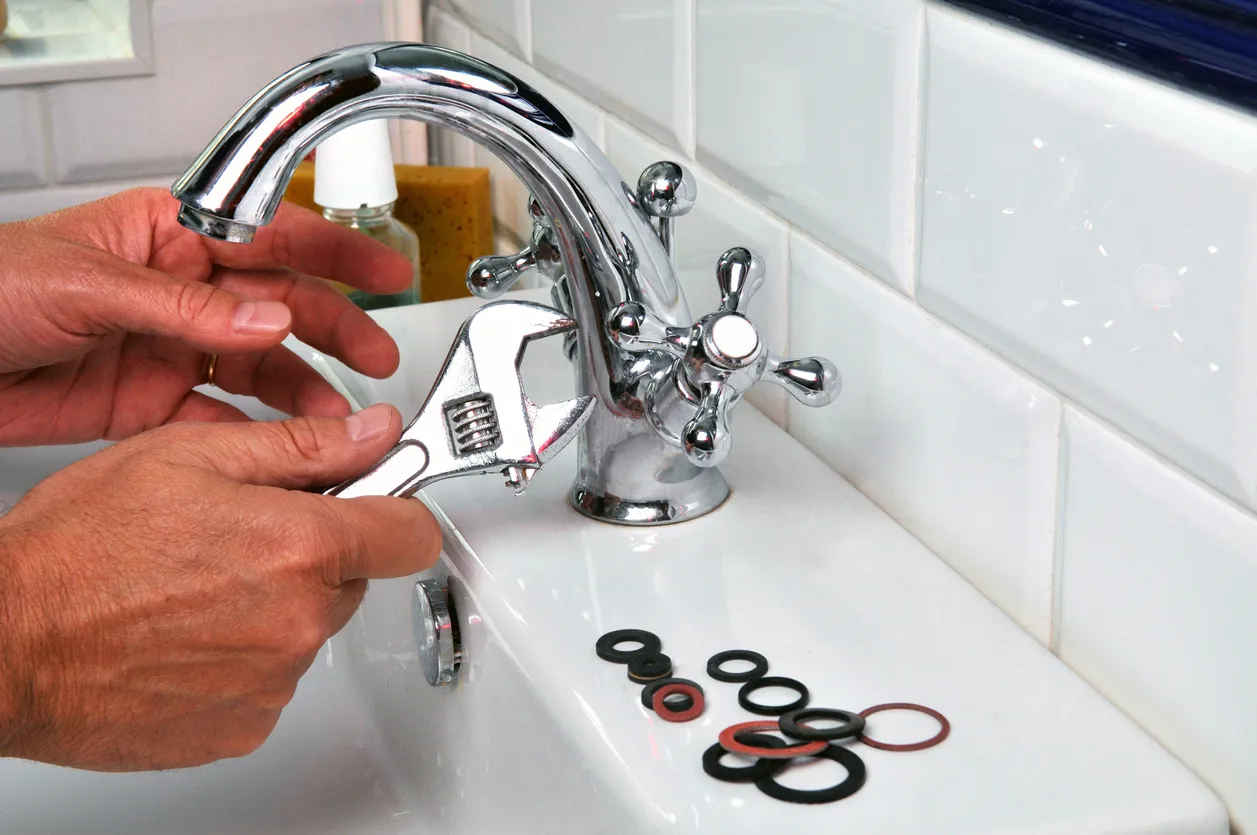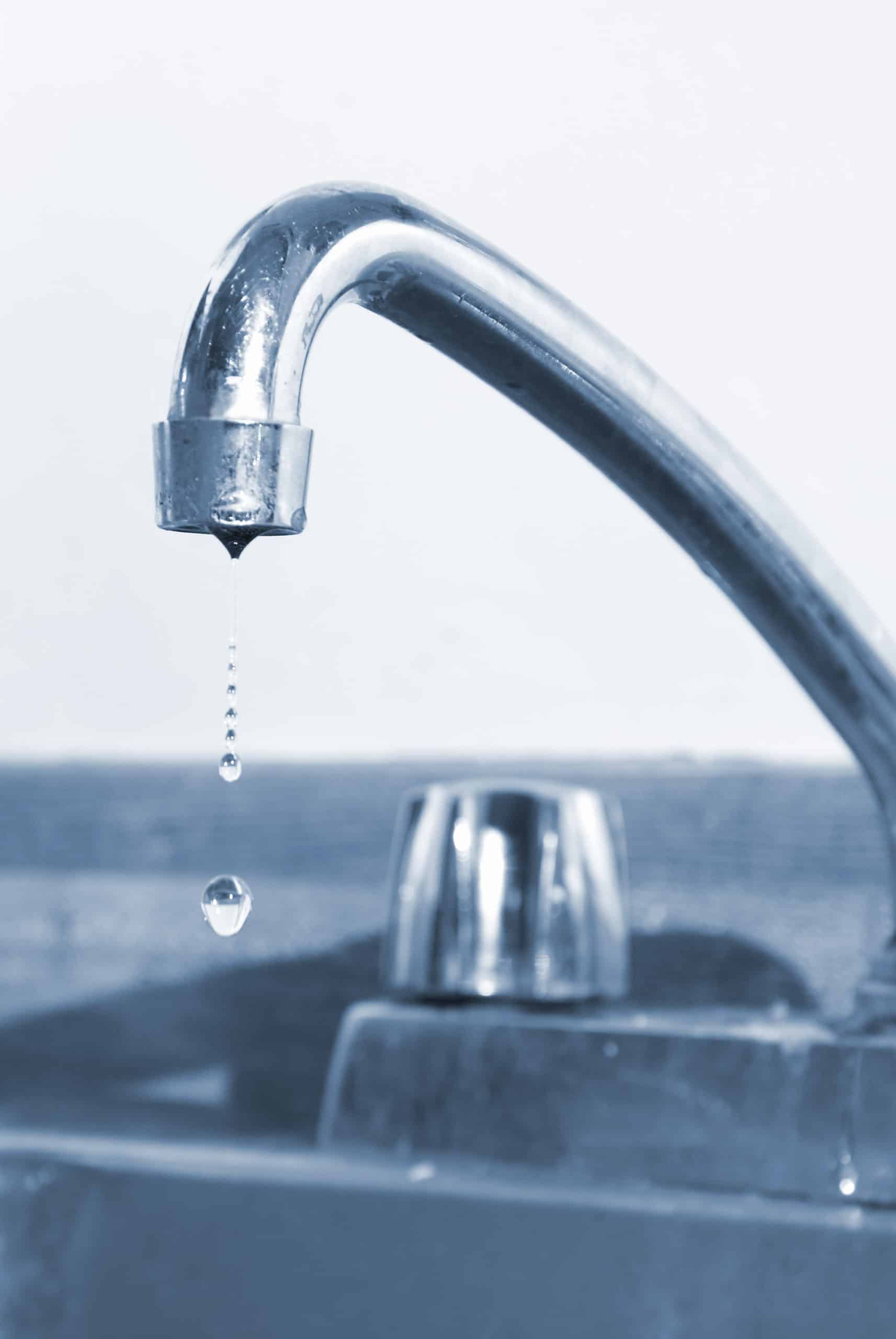Which It's Mandatory to Deal with a Malfunctioning Faucet
Which It's Mandatory to Deal with a Malfunctioning Faucet
Blog Article
Each person will have their own assumption involving Should I Repair or Replace a Leaky Faucet?.

Dripping faucets could feel like a small inconvenience, yet their influence surpasses just the annoyance of the sound. From drainage to incurring unneeded financial expenses and health and wellness threats, disregarding a leaking faucet can cause numerous effects. In this post, we'll look into why it's important to address this typical household concern quickly and effectively.
Waste of Water
Environmental Effect
Trickling taps contribute considerably to water wastefulness. According to the Environmental Protection Agency (EPA), a solitary faucet trickling at one drip per secondly can waste more than 3,000 gallons of water each year. This not only stress water sources however additionally affects ecosystems and wildlife based on them.
Financial Prices
Raised Water Bills
Beyond the ecological influence, trickling faucets can inflate water bills significantly. The accumulated wastage with time converts into greater energy expenditures, which can have been avoided with timely repair work.
Prospective Residential Property Damage
Moreover, long term dripping can bring about damage to components and surface areas bordering the faucet. Water build-up can trigger staining, deterioration, and even structural problems if left ignored, causing added fixing costs.
Health and wellness Concerns
Mold and Mildew Growth
The constant visibility of dampness from a leaking tap creates a suitable atmosphere for mold and mildew and mold development. These fungis not just endanger interior air quality but additionally pose health risks, specifically for individuals with breathing conditions or allergies.
Waterborne Illness
Stagnant water in leaking faucets can become a breeding place for germs and other microorganisms, raising the danger of waterborne conditions. Impurities such as Legionella microorganisms grow in stationary water, possibly resulting in severe diseases when consumed or inhaled.
Do it yourself vs. Expert Repair service
Benefits and drawbacks of Do It Yourself Fixing
While some may attempt to repair a leaking faucet themselves, do it yourself repair work come with their own set of obstacles. Without proper knowledge and tools, do it yourself attempts can exacerbate the concern or cause incomplete repair services, prolonging the issue.
Benefits of Working With an Expert Plumber
Employing a specialist plumber makes certain that the underlying cause of the leaking faucet is addressed successfully. Plumbing professionals have the know-how and devices to diagnose and repair faucet issues effectively, saving time and minimizing the risk of further damages.
Step-by-Step Guide to Repairing a Dripping Faucet
Devices Required
Prior to trying to take care of a leaking faucet, gather the required devices, including an adjustable wrench, screwdrivers, substitute components (such as washing machines or cartridges), and plumber's tape.
Usual Faucet Issues and Their Solutions
Identify the sort of tap and the details problem creating the drip. Typical issues include worn-out washing machines, rusty shutoff seats, or faulty O-rings. Describe supplier guidelines or on the internet tutorials for detailed guidance on repairs.
Preventive Measures
Regular Maintenance Tips
To prevent trickling faucets, do routine maintenance such as cleaning aerators, examining for leakages, and replacing worn-out components quickly. Furthermore, think about installing water-saving tools or upgrading to more reliable fixtures.
Relevance of Prompt Repair Works
Dealing with dripping faucets as quickly as they're discovered protects against further water wastefulness and possible damage, ultimately saving both water and cash in the future.
Impact on Building Value
Understanding of Well-Maintained Residential Or Commercial Property
Keeping a residential or commercial property in good condition, consisting of attending to maintenance problems like leaking faucets, boosts its viewed worth and charm among potential buyers or renters.
Influence on Resale Value
Characteristics with properly maintained plumbing components, consisting of taps, command higher resale values in the realty market. Resolving leaking faucets can add to a favorable perception throughout home inspections and settlements.
Environmental Responsibility
Specific Payment to Preservation
Taking obligation for dealing with trickling faucets lines up with more comprehensive initiatives towards water conservation and ecological sustainability. Every person's actions jointly make a substantial effect on preserving valuable resources.
Sustainable Living Practices
By focusing on punctual repair work and adopting water-saving behaviors, people contribute to lasting living practices that benefit both existing and future generations.
Conclusion
Dealing with a leaking faucet exceeds mere comfort; it's a necessary step towards conserving water, minimizing monetary costs, and guarding health and home. Whether via DIY repair work or professional support, taking action to repair leaking taps is a small yet impactful way to advertise accountable stewardship of sources and contribute to a healthier, a lot more sustainable future.
How to Fix a Leaky Faucet: Step-by-Step Repair Guide
A leaky faucet may seem like a simple annoyance, but if it's not fixed promptly, that leak could cost hundreds to potentially thousands. From water damage to mold, mildew, and high water bills, even a tiny leak can be catastrophic if left unattended. Damage like this can even affect the overall value of your home, so it's important to take the right approach for leaky faucet repair. You may need the help of a plumber in some cases, but we've got a few tips you can try on how to fix a leaky faucet before calling the pros.
Four Faucet Types
When you're learning how to fix a leaky faucet, the first step is knowing what kind of faucet you're working with! There are four common types.
Cartridge Faucets
Cartridge faucets come in one- or two-handled varieties. In one-handled cartridge faucets, hot and cold water combines in a single cartridge. In the two-handled versions, hot and cold water are controlled separately and mixed in the faucet.
Ball Faucets
Ball faucets have a single lever you push up and down to adjust the pressure and rotate to change the temperature. A slotted metal ball controls the amount of water allowed into the spout.
Compression Washer Faucets
They're the oldest type of faucet, but they're still used in many homes — especially older ones. Compression faucets have two separate handles that, when turned, raise or lower the washer that seals a water valve. This valve stops water from flowing through the faucet when it is turned off.
Disc Faucets
Disc faucets rarely need to be repaired due to their maintenance-free design. The water flow is controlled by two discs — the upper one raises and lowers against a fixed lower disc, creating a watertight seal. If your disc faucet starts leaking, you may need to replace the seals or clean residue buildup from the inlets.
Fixing a Leaky Faucet
Step 1: Turn Off the Water
Whether you're learning how to fix a leaky bathtub faucet or how to fix a leaky kitchen faucet, always turn off the water supply to your working area when you're fixing a leak. The last thing you want is a flood added to your list of things to fix.
Look for the shutoff valves below your sink or around the tub and turn them clockwise to stop the water flow. If your faucet doesn't have shutoff valves, you may need to turn off the water for the whole house. Check to make sure it's off by turning the faucet on. If nothing comes out, you're ready to start the repair.
Step 2: Take Apart the Faucet
How you disassemble your faucet depends on the type of fixture you have. You can use a flathead screwdriver to remove the caps on top of the handle or handles for cartridge and compression faucets. Inside, you should see handle screws. Unscrew these with a screwdriver to remove the handle.
Disc- and ball-style faucets will typically have an inlet screw near the handle, and removing that will reveal the interior of the faucet.
Detach the Valve Stem
For cartridge- and compression-style faucets, you'll see the inner valve stem or cartridge once you remove the faucet handles. If you have a compression faucet, unscrew the brass valve stem. If you have a cartridge faucet, pull out the cartridge. If your cartridge has been in place for a while, it may require some tools or extra force to remove it due to mineral deposits.
Examine and Replace Parts
Once you've removed the parts, check them out to confirm what needs to be replaced. You may see corroded rubber washers, O-rings, stems, or cartridges. On a ball-style faucet, check the seats and springs for damage.
If you need to repair a leaky disc faucet, check the inlet and seals on the lower disc.
Once you determine what parts must be replaced, visit your local hardware store. Bring the damaged parts with you to ensure you can purchase the correct components to replace them.
Clean Valves and Faucet Cavity
If you've removed a stem or cartridge, you may notice mineral buildup in the faucet's threads. Use white vinegar to clean the valve seat by soaking it for a few minutes, then scrub it away with a soft toothbrush and rinse with warm water. You can also clean the interior of the faucet in the same way.
Reassemble the Faucet
Once your faucet is cleaned and the required parts have been replaced, it's time to reassemble it. Put the pieces back together and slowly turn the water supply back on. Doing this slowly is crucial because too much initial water pressure can damage the new hardware you've just installed.
https://homewarranty.firstam.com/blog/how-to-fix-leaky-faucet

Do you appreciate more info about Should I Repair or Replace a Leaky Faucet?? Place a comment further down. We will be delighted to know your feelings about this blog. We are looking forward that you visit us again in the future. Sharing is nice. Helping others is fun. Thanks so much for taking the time to read it.
Report this page